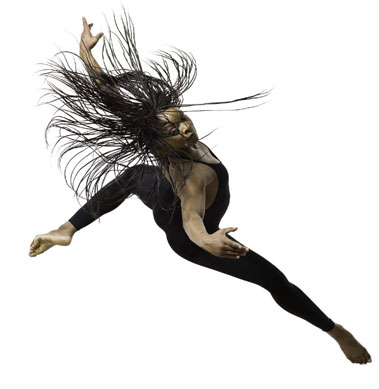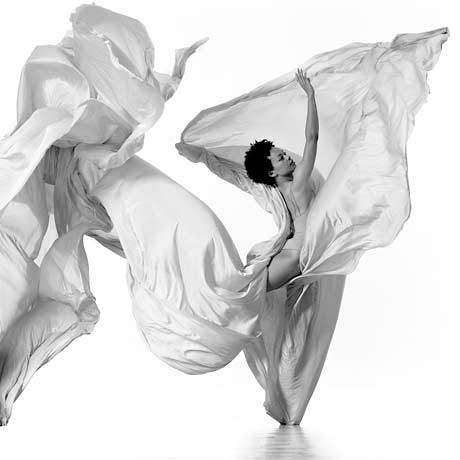 Last week I went to see a visiting lecturer and artist, Lampo Leong, discuss his work in “wild (Chinese) calligraphy” and share a little about his research, The Visual Forces of the “Omega Curve.” He particularly exercises his artistic expression in “wild calligraphy” but his current work in progress, a book entitled the aforementioned, explains his study of works of art that seem to possess a timeless “grandeur and loftiness” and his search to discover what exactly it is that draws our eyes to these masterpieces.
Last week I went to see a visiting lecturer and artist, Lampo Leong, discuss his work in “wild (Chinese) calligraphy” and share a little about his research, The Visual Forces of the “Omega Curve.” He particularly exercises his artistic expression in “wild calligraphy” but his current work in progress, a book entitled the aforementioned, explains his study of works of art that seem to possess a timeless “grandeur and loftiness” and his search to discover what exactly it is that draws our eyes to these masterpieces.
Being half Chinese myself and currently learning the language, I was interested in seeing what exactly defined beautiful Chinese calligraphy. However, what did analyzing pieces of artwork had to do with Chinese calligraphy? His argument was that all these beautiful and captivating works of art, including calligraphy, had one thing in common: the excellent use of Omega curves. These lines are considered unique because they are found all throughout nature: they possess not only a round oval curve, but also a sharp straight contrast. Moreover, these lines had to a “qi”, an energy that flows through the line, hence giving the artwork form and vivacity - a life of its own.
 |
| Lampo Leong's Wild Calligraphy demonstration |
As I was listening to his lecture trying to figure out what exactly he was trying to convey, it wasn’t until he mentioned dancers that I understood! Being a ballet dancer you cannot forgo the stress on the word “line.” Everything in ballet is about “creating a line” and how energy flows through and out that “line.” But it wasn’t just in dance that I learned to look for lines, but I always had this fascination with lines and how they can convey so much about someone or something. Things that I was attracted to always had “good lines” (at least according to my own standards) – and this included everything from clothes, to observing an individual’s gait, the slant of a tree, or even a person’s handwriting.
When it comes to art, however wide you define it, it is lines that captivate us because they illustrate life. In drawing people, one could either spend hours perfecting the exact lines to accurately depict that person’s features or spend half a second just to capture the energy and motion of the person. I know my handwriting has at least 3 distinct types – all very different and all representing different temperaments but all very intentional. Lampo Leong's work most often times uses Chinese characters unrelated to the theme of his work because he wants the energy of the strokes to convey the life of his artwork rather than the meaning of the words.
Scott McCloud points it out that even the “the most bland “expressionless” lines on earth can’t help but characterize their subject in some way.” “In truth, don’t all lines carry with them an expressive potential?” Lampo Leong stressed the idea of lines that possess energy and reflect the elegance of nature. But however you put it, it is lines that captivate us and draw our attention because they portray and express life itself.
 Last week I went to see a visiting lecturer and artist, Lampo Leong, discuss his work in “wild (Chinese) calligraphy” and share a little about his research, The Visual Forces of the “Omega Curve.” He particularly exercises his artistic expression in “wild calligraphy” but his current work in progress, a book entitled the aforementioned, explains his study of works of art that seem to possess a timeless “grandeur and loftiness” and his search to discover what exactly it is that draws our eyes to these masterpieces.
Last week I went to see a visiting lecturer and artist, Lampo Leong, discuss his work in “wild (Chinese) calligraphy” and share a little about his research, The Visual Forces of the “Omega Curve.” He particularly exercises his artistic expression in “wild calligraphy” but his current work in progress, a book entitled the aforementioned, explains his study of works of art that seem to possess a timeless “grandeur and loftiness” and his search to discover what exactly it is that draws our eyes to these masterpieces.




No comments:
Post a Comment